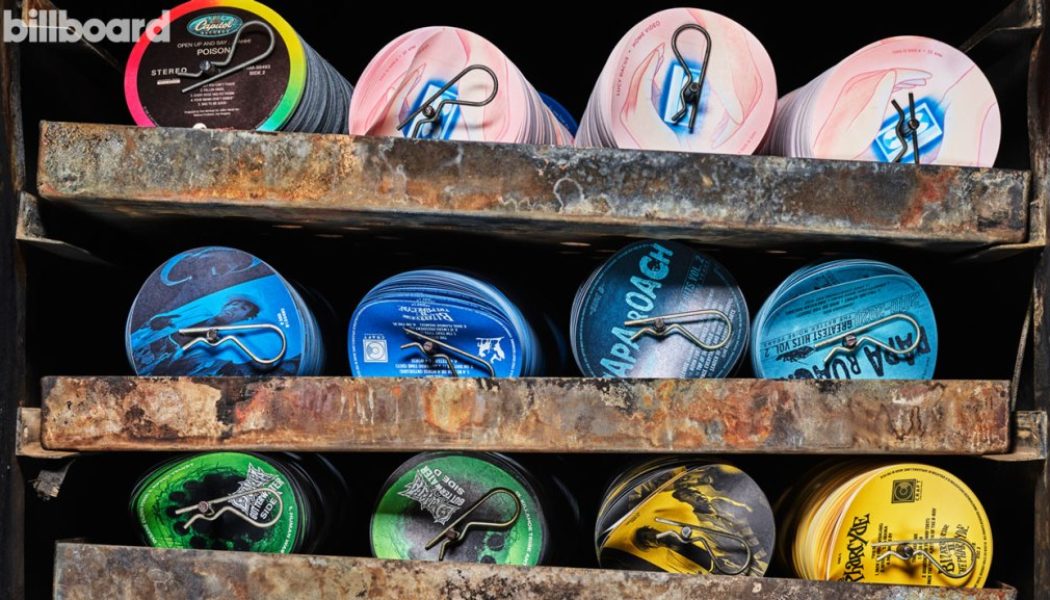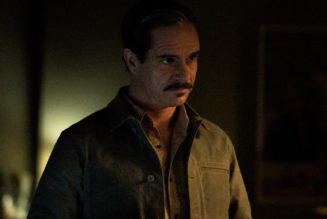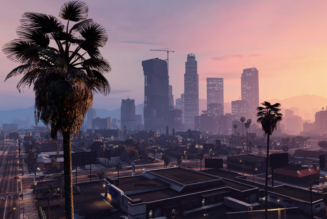
The spike in vinyl has been at a steady incline for over a decade, with sales growing year over year since the mid-2000s. But, during a pandemic in which concerts were canceled and music fans were kept inside, interest in vinyl exploded, dating back to July 2020 and continued with vinyl unit sales in the United States growing 81% as of October 2021, according to MRC Data (compared with 46.2% by the end of 2020). That growth now suggests an estimated year-end 2021 revenue of $1 billion.
Interestingly, around the same time that a time-honored physical format started to soar, so too did the very intangible, very online non-fungible tokens in the music space. (An NFT is a one-of-a-kind digital token that exists on a blockchain, most often Ethereum, which is the second most popular cryptocurrency after Bitcoin.) No matter where it was happening, the concept and intrigue of collecting singular products became unavoidable.
Vinyl variants — records pressed in specific colorways or with special features like sparkles or tie-dye — skyrocketed in popularity. “This year the number of variants increased dramatically,” says Sean Rutkowski, vp label and client relations, at Independent Record Pressing. “Before, it was pretty common to do two to three different variants, and that became three to five variants. And then by midyear, we had one record where it was 13 different variants. And at that point, I’m just kind of like,‘What’s going on here?’”
Rutkowski stresses how unsustainable it is for manufacturers to press multiple colored variations of a record, especially at a time when pressing plants are already experiencing supply chain shortages and delays. Each variant, he points out, adds about an hour to the manufacturing turnaround time — so in the case of the record with 13 variants, that can add more than half a day to the entire pressing process.
So why are requests for multiple variants still coming in? Big-box retailers like Walmart and Target contribute to the demand, since they are more likely to sell and up their orders of a certain title if they are guaranteed an exclusive version of the pressing. Becky Wilson, vp music at gaming studio MELON (who worked as a tech, music and books buyer at Urban Outfitters for over 10 years), previously told Billboard that selling multiple variants “helps retailers more than anything, because there’s a differentiator.”
In July, Billie Eilish offered eight different colored vinyl versions of her second album, Happier Than Ever, that included retail exclusives for Target, Walmart and Urban Outfitters, as well as Amazon and independent record stores. (More recently, Eilish teamed with Gucci for a version made from recycled vinyl scraps from all colors of the original pressing, promising in an Instagram caption that “each piece is completely unique!”) As a result, the album debuted atop the Billboard 200 with 73,000 vinyl copies sold — a stat so staggering that Happier Than Ever could have hit No. 1 on the chart from vinyl sales alone. Meanwhile, Olivia Rodrigo’s Sour — which arrived on vinyl three months after its May release on streaming platforms and CD, helping it rebound to No. 1 on the Billboard 200 — was available in six different variants. And earlier this year, the subscription-based record club Vinyl Me, Please told Billboard that almost 100% of its sales were of colored or limited-edition releases.
“We’re in the clout era of social media and people wanting to flex,” says Maxwell Dartey, A&R urban catalog, Universal Music Enterprises. “For a certain demographic, I think they look at vinyl the same way they do sneakers. There are definitely some people who buy it because they appreciate it for what it is, but people want something that’s dope. Whether to make themselves look cool or just as an appreciation for the art that the artist put forth.”
The value of an NFT similarly relies on the rarity of a product, but unlike vinyl, ownership is at stake. And while NFTs have been around since the mid-2010s, the music community tapped in more than ever this year, with everyone from deadmau5 and Grimes to Kings of Leon and Shawn Mendes creating such digital offerings. Josh Katz, CEO of NFT marketplace Yellowheart, told Billboard after the Kings of Leon drop in March that this decentralized, digitized form of ownership is rooted in music fandom. “If you’re into collecting posters and any type of collectible, this is the coolest because it’s a worldwide marketplace. It’s global,” he said. “There’s real scarcity. You wake up the next morning and it might be worth more. One of the significant takeaways [from this drop] was that mainstream fans are super ready for this.”
NFTs have often been posited as a companion to physical merchandise; both show signs of growth well into 2022. NFT platform OneOf has already struck a deal with the Recording Academy for the next three Grammy Awards, while pressing plants (which remain backed up) are booked into next year.
“We’re all invested. Every plant I talk to is growing,” says Rutkowski. “There are all these records that are supposed to be in the pipeline, that people want in the pipeline, that I don’t even know if in the heyday of vinyl [plants] could support [such demand]. I think people have to realize: Do you want more colors, or do you want more capacity?”
This story originally appeared in the Dec. 18, 2021, issue of Billboard.










Tagged: business, entertainment blog, music blog, Tech, Vinyl, Year in Review